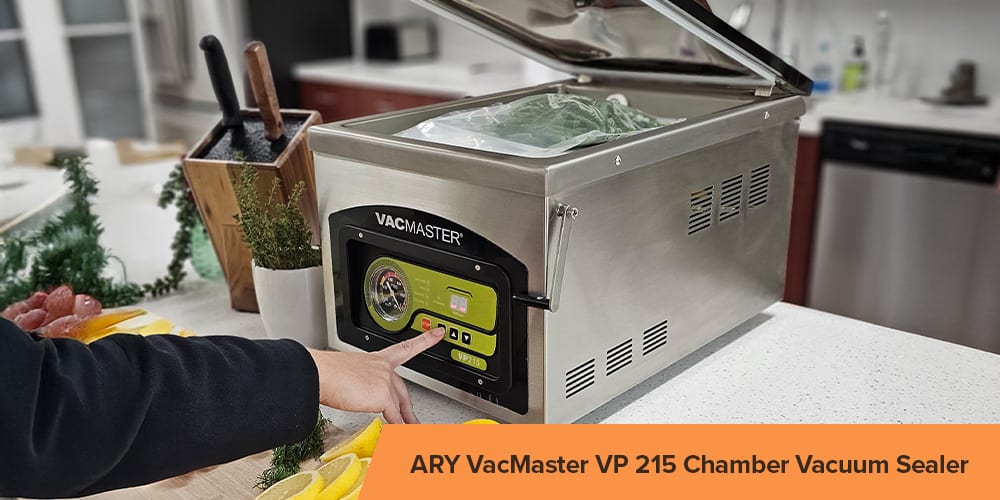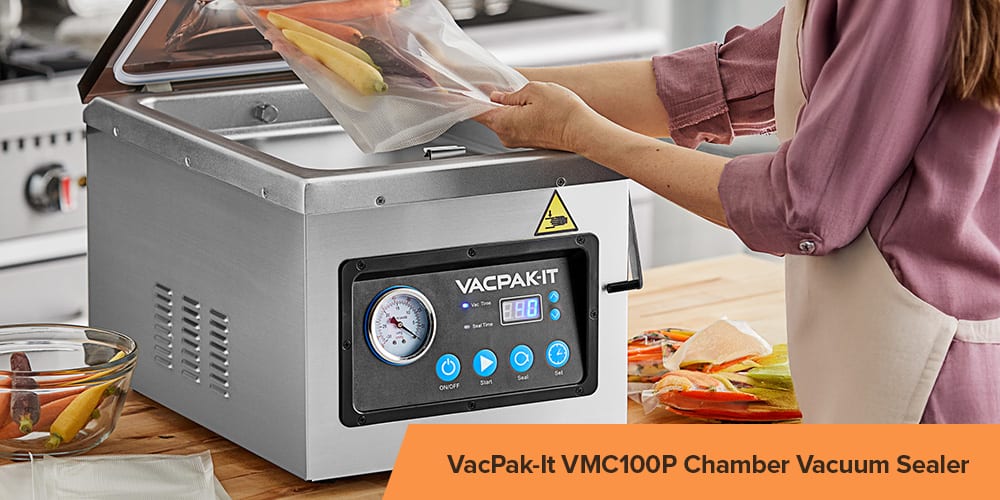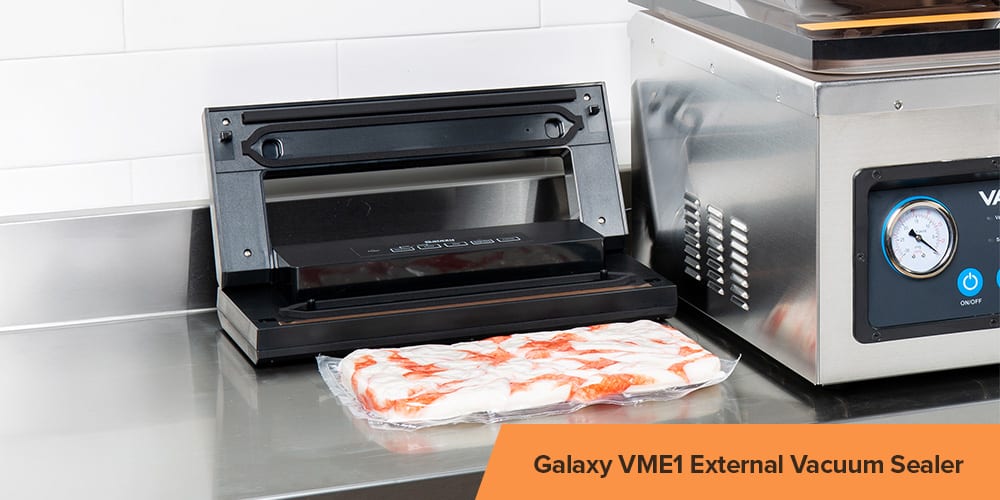Selecting the right vacuum sealer depends on the type of food or items being sealed, the volume of use, and the available workspace. Factors like sealing method, size, and additional features can impact efficiency and ease of use. Understanding these aspects ensures the best investment for your business.

1. Type
Vacuum sealers come in external, chamber, and handheld models. External sealers work well for dry foods and basic sealing tasks but struggle with liquids. Chamber sealers handle high-volume operations and efficiently seal liquids but have a large footprint and require extra maintenance. Handheld models are compact and ideal for limited or portable use but can't handle heavy-duty applications.
2. Use
The type of food or product being sealed determines the best machine for the job. Liquids, soups, and marinades require a chamber sealer, while meats and dry goods work with external models. Non-food items only require the capabilities of external or handheld sealers.
3. Size
Consider both the seal bar size and the overall footprint of the machine. A wider seal bar allows larger bags, increasing efficiency for bulk packaging. Compact models fit smaller workspaces, while heavy-duty units require dedicated counter space or floor placement.
4. Features and Compatibility
Look for features that improve convenience and performance, such as built-in bag cutters, bag roll storage, pulse vacuum for delicate items, and hose attachments for sealing containers. Some machines require proprietary bags, which can impact long-term costs. Compatibility with universal vacuum bags offers more flexibility and savings.
Back to Top
Investing in the right commercial vacuum sealer improves food preservation, reduces spoilage, and streamlines packaging processes. Whether prioritizing affordability, heavy-duty performance, or specialized sealing, there are options suited for every business. By considering sealing type, usage needs, and key features, you can select a sealer that enhances efficiency and maintains product quality.












